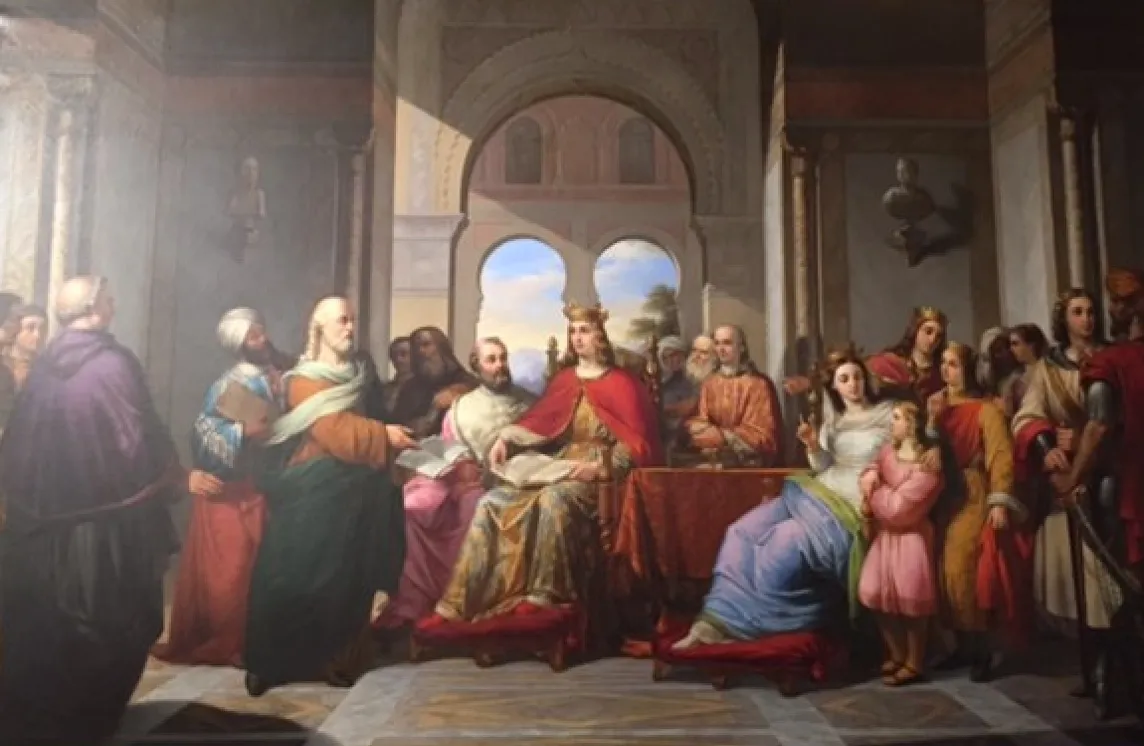Francesco Vitale
Biodeconstruction: Jacques Derrida and the Life Sciences
translated by Mauro Senatore
Albany (NY), SUNY Press, 2018
Contemporary Continental Philosophy, 256 p.
Biodeconstruction, by Francesco Vitale, professor of Aesthetics at the University of Salerno, Italy, is a commentary on Derrida’s 1975-1976 lecture for the agrégation of philosophy at the ENS Ulm, Life Death, written at a time when the original text La vie la mort was as yet unpublished and untranslated. Therefore, this book review is trebly outdated, but this deferral is precisely the case in point, very much as the book is a commentary in Derrida’s style, an iteration. Vitale’s extremely perceptive exegesis of Life Death is an archaeology of Derrida’s thinking on life, tracing its emergence and development in previous works to demonstrate how this amounts to “another thought of life” (p. 36) that surmounts so-called Lebensphilosophie, or philosophy of life, shifting it away from the metaphysics of presence always presupposing an aboriginal living present. The crucial idea is manifest already in the unpunctuated title of La vie la mort, Life Death, indicating a getaway from the conceiving of life and death as a pair of opposites: a decisive departure that Vitale sums up by saying that “différance is the most general condition of possibility of life” (p. 17), rephrasing a point Derrida had made as early as 1968, by speaking of “the history of life—of what I have called différance—as the history of grammè” (Of Grammatology, p. 125)—“l’histoire de la vie — de ce que nous appelons ici la différance —comme histoire du gramme” (De la Grammatologie, p. 125). Life is writing, down to the earlier cellular engram of memory in matter as arche-writing: this not an analogy, not a metaphor. Although in Life Death Derrida approaches the question successively from the angle of biology with Jacob, of psychoanalysis with Freud, and of philosophy with Nietzsche, Vitale foregrounds the importance of Freud and especially the notion of Bahnung (frayage, breaching) already in the Project for a Scientific Psychology, which “allows Derrida to think the genesis of the retentional trace as the resistance offered to the impression” (p. 12), and the “binding” function described by Freud among primary and secondary processes as “the genesis of the living from which consciousness emerges” (p. 153). Hence Derrida’s criticism of Jacob’s biologism inspired by Wiener’s cybernetics, on the ground that their description of the living is based on the programme supposedly ruling genetic reproduction, which presupposes an immutable essence, and does not allow for mutation to be occasioned by lived experience. Here Vitale hypothesizes that “this is perhaps one of the reasons why the seminar was not published”: because “at the time”, “Derrida’s position would have been liquidated as an ingenuous Lamarckism”. Once more a return to Freud enlightens the point of Biodeconstruction: Derrida’s commentaries on Beyond the Pleasure Principle in Life Death (partly published in The Postcard)make it clear that life and death are no more to be understood dialectically than the pleasure principle and the reality principle, insofar as the former “submits itself, provisionally and to a certain extent, to its own lieutenant” (p. 131), so that they exist in a “structure with one-two-three terms”: “two principles plus or minus différance—are but one, the same divided”, which Derrida calls “la liaison, stricture, la Bindung” (The Post Card p. 284, La vie la mort p. 357). In Vitale even more neatly than in Derrida there is a constant to-and-fro movement of the thought that operates indeed a breaching or a stricture of psychic life with biological life, of secondary and primary processes, well in keeping with the conviction that there is no solution of continuity there. Thus, by yet another recirculation, much as on the issue of Derrida’s “Larmackism” and his criticism of Jacob on the supposedly a-sexual reproduction of certain bacteria, Vitale underline that some recent research in biology, respectively Richard C. Francis’s on epigenetics and Hema Prasad Narra and Howard Ochman’s on unicellular organisms proved Derrida’s intuition right some forty years after the event. In like manner, Jean-Claude Ameisen’s researches on apoptosis or cellular suicide are brought to contribution to show that for modern biology as well as for the philosophy of deconstruction, “life does not let itself be separated from death”, “it is inhabited by death” (p. 182). From then on, the penultimate chapter concentrates on the notion of autoimmunity, understood as the necessity for the living to “protect itself from a too-rigid immunitarian system, that is, from a too-strong identity”, “that is, from death which it bears within itself” (p. 183), a principle that Vitale extends rapidly from cells to living organisms and finally to “our cultural body”. The book ends with a meditation on the handwritten text read on the occasion of Jacques Derrida’s funeral: “Always prefer life and constantly affirm survival…” that resonates with Shelley’s Triumph of Life — “la différance, arrêt de mort ou triomphe de la vie” (“Living on” p. 136) — one of the texts that haunts Biodeconstruction as also Nietzsche’s vitalism does the “drive to power” (“la pulsion de pouvoir”, La Carte postale p. 432) and the seances of La vie la mort in which Vitale is less interested, because he chose to concentrate more specifically on Derrida and the life sciences. Biodeconstruction is a dense book, and a seminal example of these “other resources” that “a new problematic of the biographical in general and of the biography of philosophers in particular must mobilize” (La vie la mort p. 48-9). Francesco Vitale’s Biodeconstruction is a clear and concise work, providing rich food for thought: a must-read for Derridaean studies, biography theory, and la philosophie du vivant.
Pr Joanny Moulin
Institut Universitaire de France

